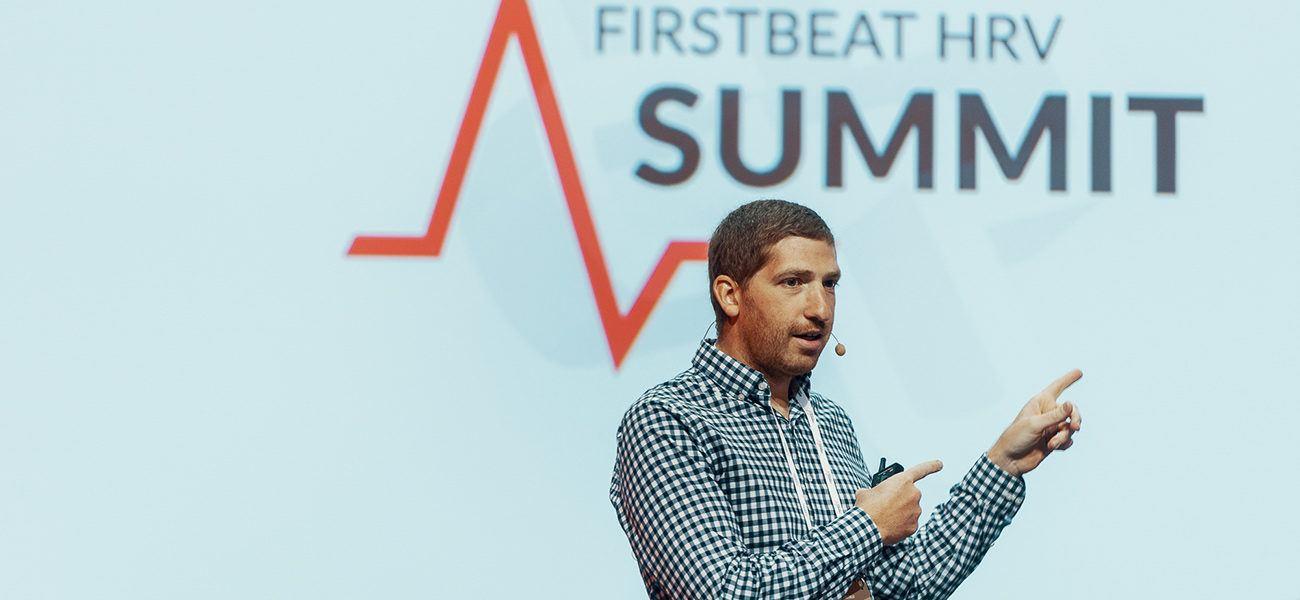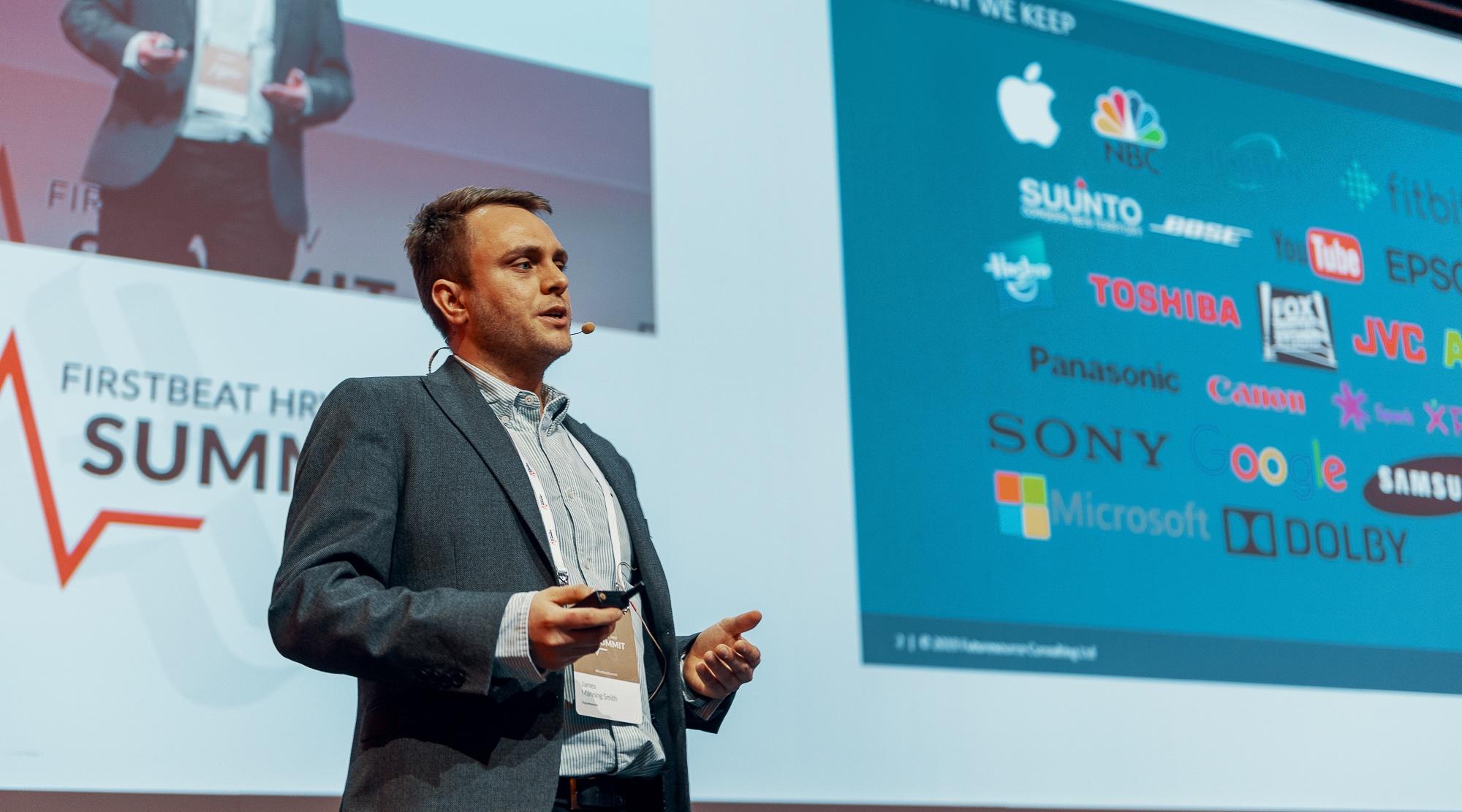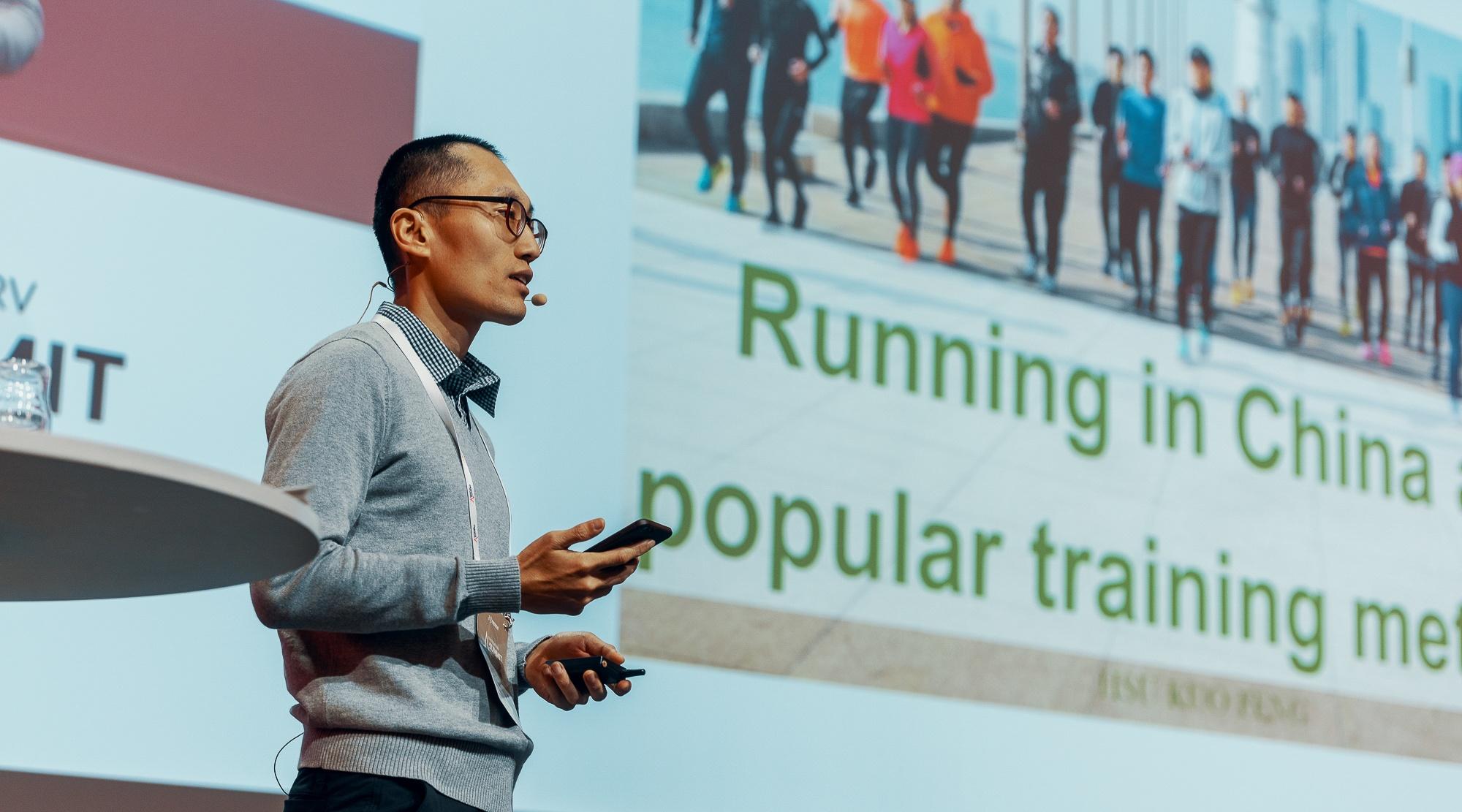
For well over a decade, Firstbeat has been a driving force in the consumer wearable sector, making cutting-edge physiological insight and guidance accessible to millions of individuals around the world. Global brands like Garmin, Huawei, Jabra, Suunto, Sony, Samsung, Huami, Withings, and Mont Blanc have all created wearable devices that utilize Firstbeat analytics to interpret performance data into information people can use to make better, more personal health, fitness, and training decisions.
The annual Firstbeat HRV Summit brings experts together from around the world to explore how analysis of heart rate and heart rate variability data can be deployed in new and better ways. Wearables and consumer technology play an essential role in the delivery of physiological insights to the real world of daily life. Success in this arena requires an exceptional understanding of the industry.
This year’s contributors to the Firstbeat HRV Summit consumer technology session, Future of Wearables, included market analysis from James Manning Smith of Futuresource, Ray Maker of DC Rainmaker recapping relevant developments over the past year, and Kuofeng Hsu offering insight into the rise of running as a popular hobby in China. The presenters stuck around after their presentations for a panel joined by Andrew Baker of Maxim and discussion hosted by Firstbeat’s own Hilkka Aronen.
Here are a few of the key takeaway from the experts:
James Manning Smith of Futuresource
Basic fitness trackers are more currently prevalent as a percentage of market share in Asia compared to the EU, North America, and South America. This mirrors a trend in those other markets where basic fitness trackers were common first devices and then trended towards more advanced specialized sports watches and smart watches.

A real challenge for wearables is to find the use case in the market segment that attracts the largest number of users. Historically, this was found in sport and fitness tracking, but that segment is currently heavily saturated, and brands are looking for more opportunities. Finding new applications for data from biometric sensors is a significant front in this effort and represent building blocks towards the next successful generations of products.
Ray Maker of DC Rainmaker
Huge demand from users for access to external platforms like Spotify, etc. is driving increasing collaboration between companies that are competitors at first glance. Part of these growing pains include providing access and experiences to these platforms across different devices and regions. Connectivity across various networks sometimes produce unexpected results.
After years of ‘will they wont they,’ there is a significant turn towards the medicalization of wearable devices. This is largely aided by a change in FDA certification that allows the certification of a single aspect of a device, like ECG, for use as a medical device as opposed to requiring every single aspect of the feedback you get from a device to be certified as medical grade.
Wearable devices continue to provide ever increasing amounts of data, but very little of this data is being drawn upon to provide concrete instructions about what you should or shouldn’t do. Devices today capably collect all the information about your activities, stress levels, and sleep, but they don’t take the next step of delivering explicit guidance based on this data.
The barrier to entry for consumer tech companies into the wearable market is rising incredibly fast. Established brands utilize economies of scale in manufacturing and already developed expertise to keep the mid-range market so competitive that smaller, newer entrants simply can’t match the feature set at the price. This makes it incredibly unlikely to see influential new players in this area without the benefit of leveraging already developed expertise paired with fully scaled manufacturing in place.
Kuofeng Hsu Author and Running Coach
Running, as an activity, in rapidly growing in China with one program growing from a single running camp in 2015 to over 1,500 running camps in 2019. Training camps are popular in China because of the collective nature of the participation which is in line with cultural values and traditions. The rise of running in China can be evidenced in many ways, but the publication of running books and guides has exploded in recent years.

The overwhelming majority (≈96%) of Chinese runners surveyed record their runs with wearables and mobile phone apps (50/50), but the metrics tracked are still fairly straight forward with a focus on distance, pace and heart rate. There is a tremendous need for education that will help Chinese runners take advantage of more sophisticated insight into their activities. Feedback from wearables and associated training apps themselves can go a long way towards bridging this gap.
If you liked this article, you should subscribe to our mailing list


